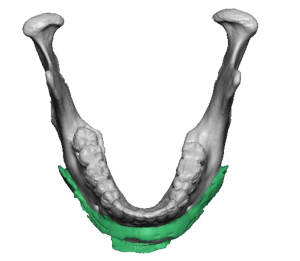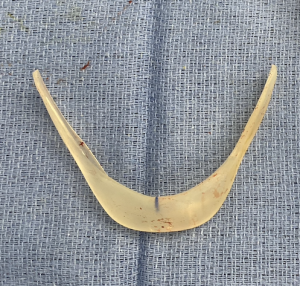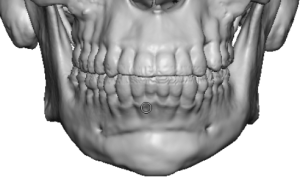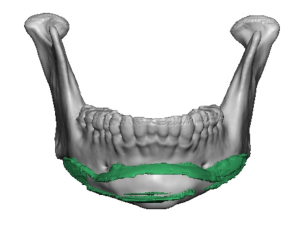I have previously dispelled the biologic misconception that facial implants of any material composition result in bone erosion. Improved biologic understanding through observations of indwelling facial implants using 3D CT scans show that the correct interpretation is implant imprinting of the bone. This occurs by the introduction of an implant into established biologic tissue boundaries which creates pressure on the surrounding tissues. The body responds to this pressure by relieving it through some tissue absorption which manifests itself as an imprint of the implant on the bone. It is a self-limiting benign process that has no clinical significance.


This case example was of a patient going to undergo removal of his old chin implant and replaced with a custom wrap around jawline implant. The design of the jawline implant require a high quality 3D CT scan in which the shape, position and biologic reaction of the bone to the implant can be fully visualized.
Dr. Barry Eppley
World-Renowned Plastic Surgeon







